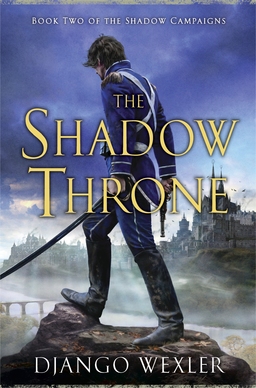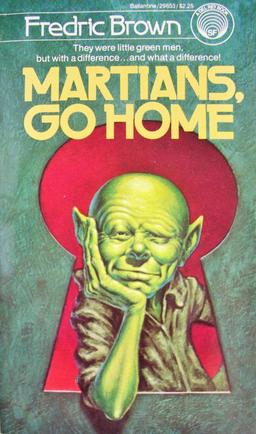June Short Story Roundup
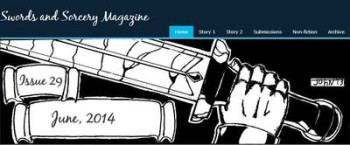 It’s story time, kids! For the newcomers, that’s when I pore over the new short heroic fiction stories published in the previous month and let you know what I think about them. My goal is to shine a spotlight on the authors and magazines doing the yeoman-like work of creating new swords & sorcery tales and getting them into the reading public’s hands. It is my contention that S&S is a genre best served by short stories. I hope, with Black Gate as my bullhorn, I’m helping draw readers to some exciting and interesting new writing with each installment of the roundup.
It’s story time, kids! For the newcomers, that’s when I pore over the new short heroic fiction stories published in the previous month and let you know what I think about them. My goal is to shine a spotlight on the authors and magazines doing the yeoman-like work of creating new swords & sorcery tales and getting them into the reading public’s hands. It is my contention that S&S is a genre best served by short stories. I hope, with Black Gate as my bullhorn, I’m helping draw readers to some exciting and interesting new writing with each installment of the roundup.
For two-and-half years, Swords and Sorcery Magazine, published and edited by Curtis Ellett, has presented two new stories every month. That’s over fifty stories so far — the equivalent of four or five Lin Carter-edited anthologies. I’ve written before that the magazine’s sensibilities are pretty much exactly aligned with what it says on the masthead: swords and sorcery. But there are times the magazine shifts its focus a little.
“By Any Other Name” by S. A. Hunter is about what happens when a nameless young girl and her guardian are visited by a minstrel. The girl suffers under a curse and despite strong warnings, the bard proves too persistent for his own good and tries to overcome it. The story and the minstrel put me in mind of a host of fairy tales that tell of the unfortunate older brothers who die before their youngest one shows up and saves the princess.
Keshia Swain’s “Inner Strength” is narrated by a trainee healer, Damali. When her mistress travels to spend time with her dying brother, Damali is confronted by intruders and finds herself drawing on heretofore unrealized reserves to confront them. There was just enough going on here to keep me interested and enough questions left unanswered to leave me wanting more.
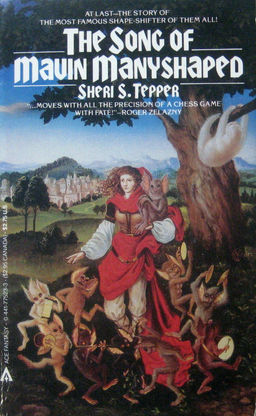
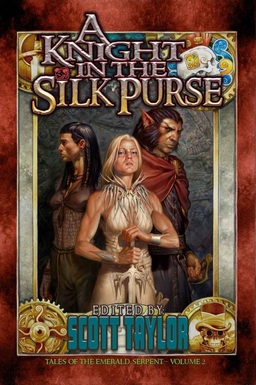
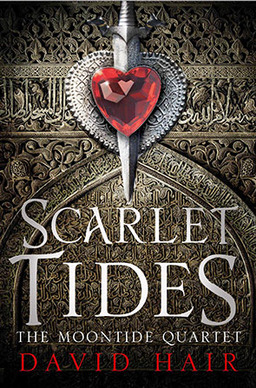

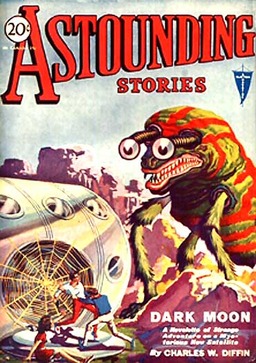
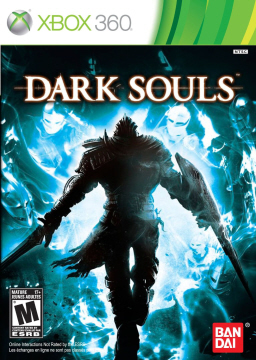
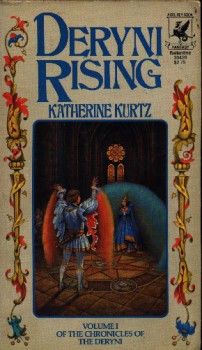
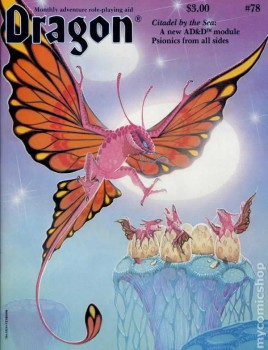 That got me to thinking about what stories I enjoyed and why. One of the appeals of Game of Thrones is how it’s a giant soap opera. Claremont’s run on Uncanny X-Men was similarly soapy, as was the reimagined Battlestar Galactica.
That got me to thinking about what stories I enjoyed and why. One of the appeals of Game of Thrones is how it’s a giant soap opera. Claremont’s run on Uncanny X-Men was similarly soapy, as was the reimagined Battlestar Galactica.